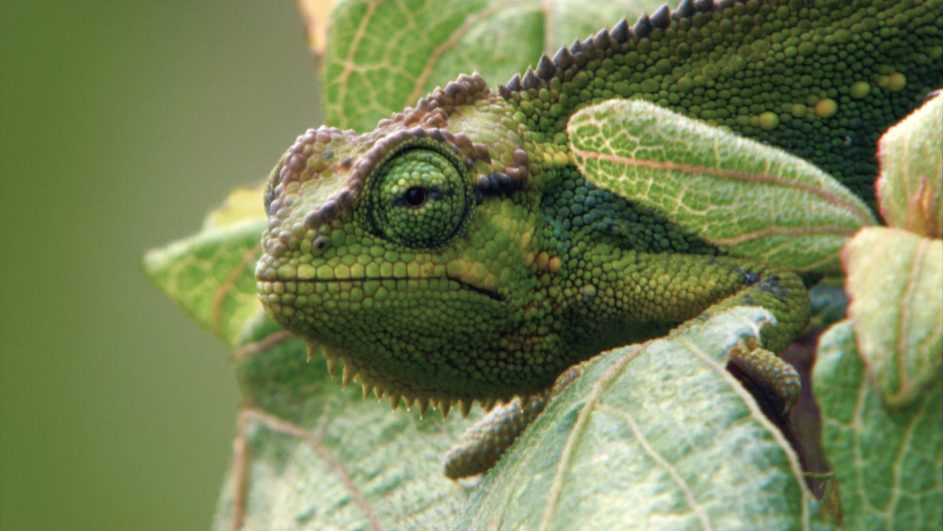Nature
Under Cover – Every Body needs a Coat
Synopsis
From fur to feathers, from scales to shells – every creature has some form of characteristic outer layer. This not only determines the outward appearance of the creature, but also serves a number of different purposes that ensure both, the survival of the individual lifeform, and the species as a whole.
In the colder regions of the planet, fur is unsurprisingly very common. It serves to warm and insulate the wearer, protecting it from the harsh elements. A prime example is the polar bear: the bear’s fur is extremely dense, and the outer hairs are transparent and hollow. This allows them to act as an additional layer of effective insulation against the cold air and maintains the bears’ body temperature.
Polar bear fur also serves another important purpose: camouflage. In winter, the bears are almost invisible against the barren white of the Arctic. Other animals require distinctive markings and patterns to blend into their surroundings.
Spotted big cats, such as leopards and jaguars, become almost invisible against the backdrop of the vegetation and ground features in their habitats. This protects them from potential predators, but also allows them to creep up on their own prey without being noticed.
Fur can also represent status, as it does among lions. The prominent mane of the male lion is a clear indication of who is the boss – making its wearer almost irresistible to the females…
Many male birds are courting their females with a plumage of bright colours and unique patterns. Male peacocks spread their spectacular tail feathers to impress the females. This increases their chances of mating and producing offspring, thereby also ensuring the long-term survival of their species.
Hummingbirds use their shimmering feathers to communicate with other members of their species. For example, the light reflected off the metallic sheen of their feathers serves to warn other hummingbirds away from their territories and the food they contain.
The first animals to develop feathers were the dinosaur ancestors of birds. Many of these primeval creatures developed early forms of feathers. Even the renowned Tyrannosaurus rex seems to have had a primitive form of down on its skin, and creatures like the Deinonychus even had colourful, distinctive plumages.
It is often said that one should never judge a book by its cover, but that is exactly what this film does – exploring how the different types of outer shells in the animal kingdom have evolved over millions of years, the purposes they serve and how they allow species to survive and thrive in a wide variety of habitats and conditions.
A production of Terra Mater Factual Studios

